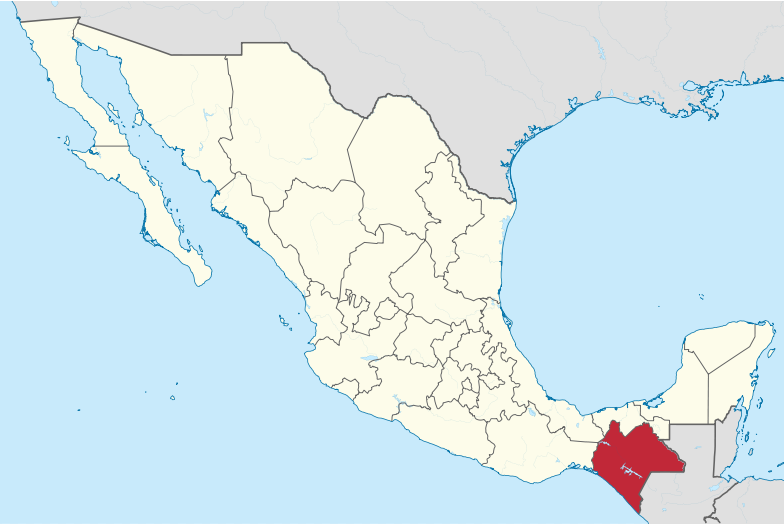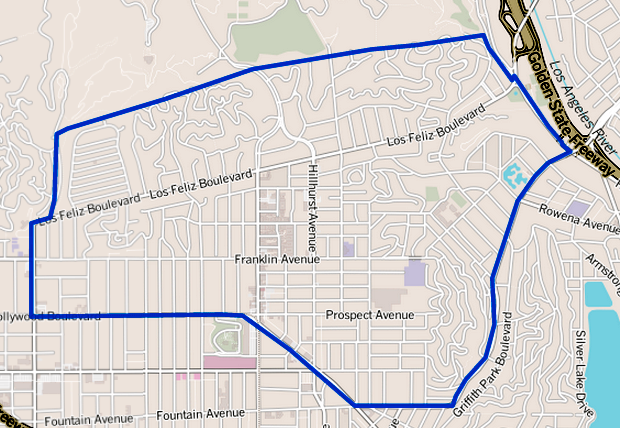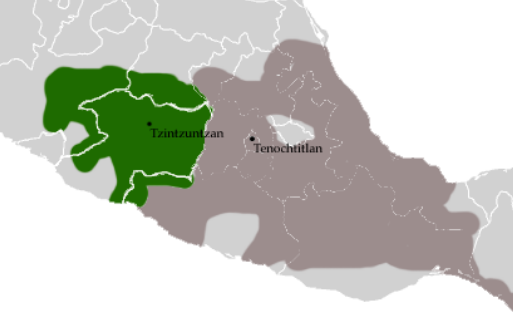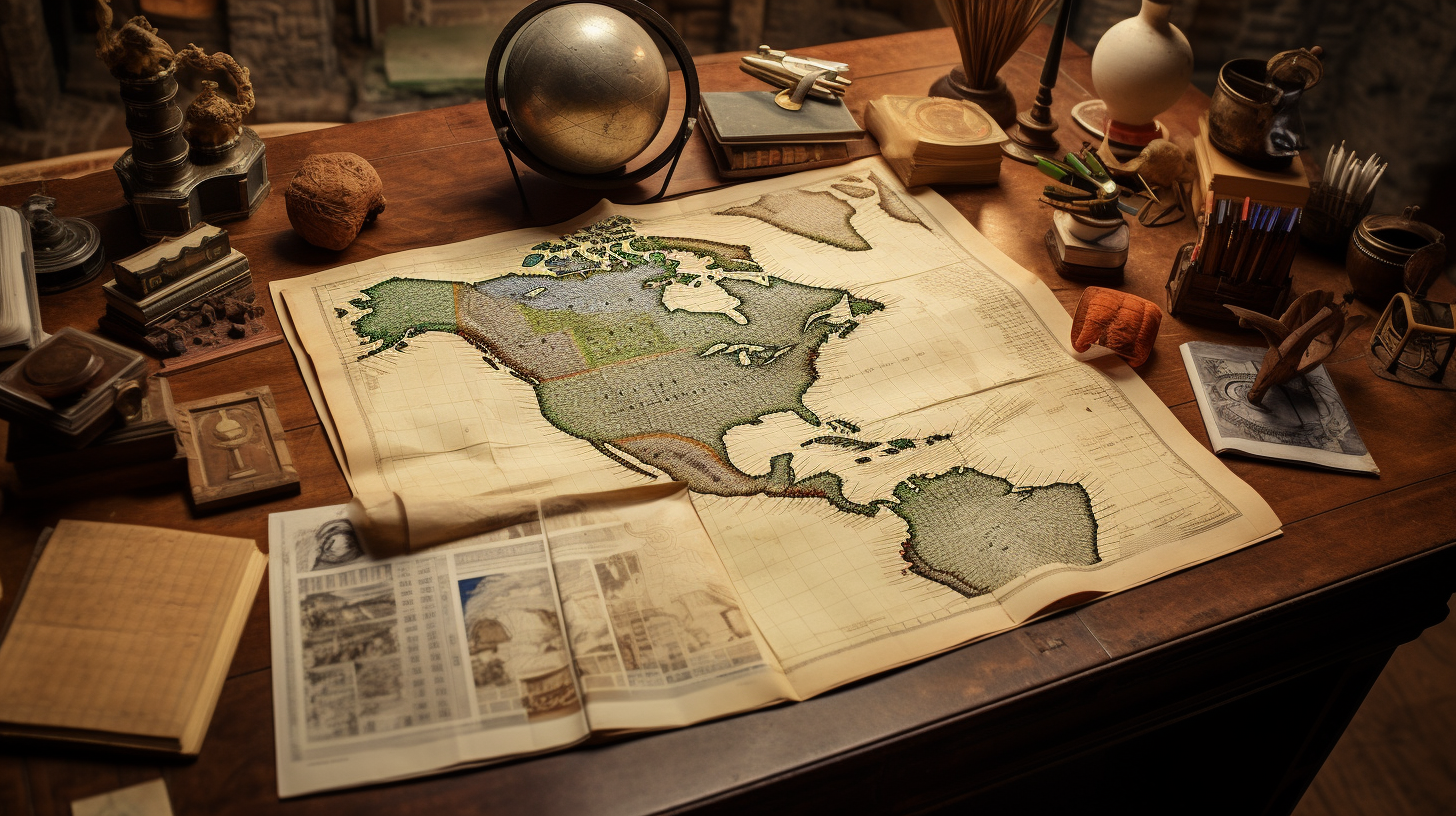
Articles
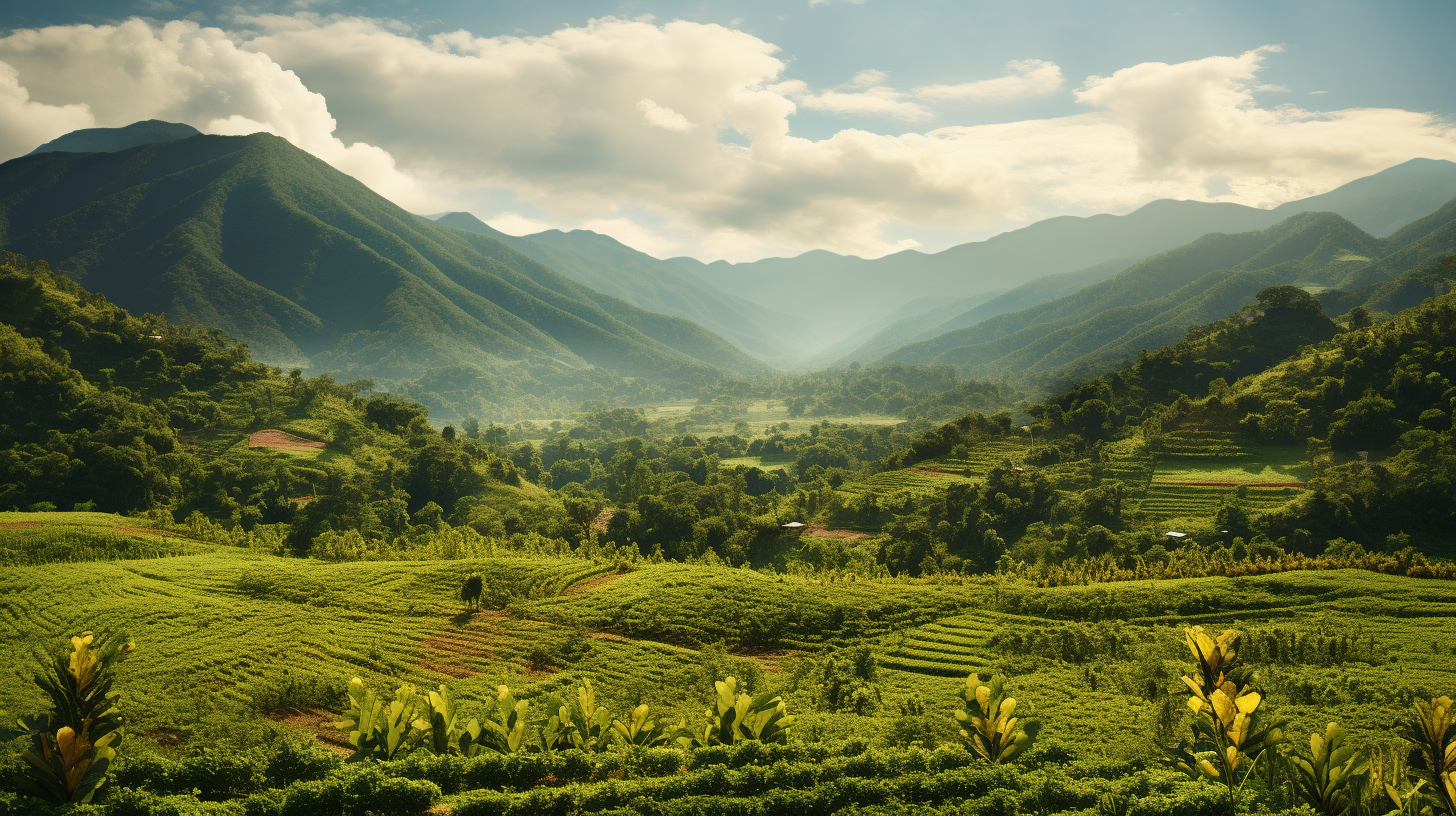
Mexican States
Southwest United States
Heritage and Governance
The Indigenous People of Mexico City: 1895-2010
Each part of the Mexican Republic has a unique and fascinating history, but a great deal attention has been given to the Indian groups that inhabited central México, in particular the present-day Distrito Federal (Federal District), known more commonly as Mexico City. In fact, in 2016, the Federal District’s name was changed to the State of Mexico City. Nearly 500 years ago, Hernán Cortés marched his small army of Spaniards and indigenous allies inland from Veracruz to confront the might of Emperor Moctezuma in Tenochtitlán. And, as a result, a patchwork of native kingdoms became the colonial fiefdom of a European monarch (the King of Spain).
Chiapas: Forever Indigenous
In recent decades, the State of Chiapas – long a neglected and oppressed region of the Mexican Republic – has been thrust onto the world stage and into the media spotlight. The attention given to the political situation in Chiapas has initiated a great interest in the plight of the indigenous people of that state. But an understanding of the present-day situation in this southern state requires a review of its history and its complex ethnic diversity.
The Indigenous History of Jalisco, Zacatecas and Aguascalientes
Nueva Galicia’s Indigenous People: Established in 1548, the Spanish province of Nueva Galicia embraced 180,000 kilometers and included most of present-day Jalisco, Nayarit, Aguascalientes and Zacatecas.
Indigenous Nuevo León: Land of the Coahuiltecans
The State of Nuevo León is located in the northeast of México and touches the United States of America to the north along 14 kilometers of the Texas border. Nuevo Leon is surrounded by the states of Coahuila, Tamaulipas, San Luis Potosí, and Zacatecas. Nuevo Leon is made up of 64,156 square kilometers, which is equal to 3.3% of the national territory and makes the state the 13th largest state of Mexico. Politically, the state is divided into fifty-one municipios.
Mexican Politics: Part 3 (1846 to 1876)
For nearly a decade, Texas existed as an independent republic, but in 1845, the young republic joined the United States as the 28th state. When James K. Polk became the President of the U.S. in 1845, he had his eyes on California, New Mexico and the rest of what is today the U.S. Southwest. When his offer to purchase those lands was rejected by Mexico, he instigated a fight by moving troops into a disputed zone between the Rio Grande and Nueces River that both countries had previously recognized as part of the Mexican state of Coahuila.
Mexican Politics: Part 2 (1822 to 1855)
With independence, the former Spanish colonies of Nueva España, Nueva Galicia and Nueva Vizcaya became the “United Mexican States.” The name Mexico was taken from the capital city of Mexico City, formerly Tenochtitlán, named for the dominant Aztec tribe, the Mexica. Iturbide was named President of the Provisional Governing Junta, which set about the task of finding a member of a European royal family to take the throne of Mexico. He served as president from Sept. 1821 to May 1822. Eventually, thanks to his overwhelming support from the elites and his role in Mexico’s independence, Iturbide was appointed First Constitutional Emperor of Mexico on May 19, 1822.
Mexican Politics: Part 1 (The Struggle for Independence)
At the beginning of the Nineteenth Century, Mexico was a colony of Spain, a European nation located approximately 5,500 miles (8,850 kilometers) from its Gulf Coast shoreline. In 1810, the Spanish Empire consisted of 13.7 million square kilometers (5.3 million square miles) and occupied 9.2% of the world’s land area, most of which was in the Americas. Spain had the fifth largest empire in world history.
A Century of Turmoil: Mexico’s Social and Political Process
The Spanish Empire got off to a bad start at the beginning of the Nineteenth Century. In addition to her Caribbean, Central American, and Mexican possessions, Spain had gained possession of France’s extensive Louisiana territory in 1769. However, in 1800, Emperor Napoleon of France forced Spain to return Louisiana to France by the Treaty of San Ildefonso. Three years later, France sold Louisiana to the United States.
Indigenous Durango: Land of the Tepehuanes
The State of Durango is a landlocked state located in northwestern Mexico. As the fourth largest state of the Mexican Republic, Durango covers an area of 123,317 square kilometers and takes up 6.3% of the national territory. The state has common boundaries with Chihuahua and Coahuila de Zaragoza on the north, Zacatecas on the east and southeast, Nayarit on the southwest, and Sinaloa on the west. Politically, Durango is divided into 39 municipalities.
The First Families of Los Angeles
Has your family lived in Los Angeles for many generations? Do you have any of the following surnames: Verdugo, Sepulveda, Avila, Rosas, Higuera, Lugo, Domínguez, Serrano, Olivas, Ybarra, Palomares, Rodríguez, Reyes, Romero, Valenzuela, Pico or Feliz? Or did you or your family come from the states of Sinaloa or Sonora?
The Féliz Family: Pioneers of Los Angeles
The raw materials of Spain’s settlement of California were Mexican soldiers. These soldiers were men who left behind their parents and siblings in Sinaloa and Sonora to serve on the northern outskirts of Spain’s empire during the 1770s and 1780s. One family that contributed several soldiers to Spain’s colonial effort was the Féliz family of Álamos, Sonora.
Indigenous Quintana Roo: The Last Two Centuries (Part 2)
The State of Quintana Roo lies on the eastern end of the Yucatán Peninsula in Southeastern Mexico. Quintana Roo also neighbors the Mexican States of Yucatán (on the northwest) and Campeche (on the southwest) and the nations of Belize and Guatemala (on the south). The state consists of only 44,825 square kilometers, which is equal to 2.0% of the national land mass. While the western and northern coasts of the Yucatán Peninsula are on the Gulf of Mexico coast, the eastern coast of the Yucatán — including Quintana Roo — touches the Caribbean Sea.
Indigenous Quintana Roo: From the Pre-Hispanic Period through the Colonial Period (Part 1)
The State of Quintana Roo lies on the eastern end of the Yucatán Peninsula in Southeastern Mexico. Quintana Roo also neighbors the Mexican States of Yucatán (on the northeast) and Campeche (on the southeast) and the nations of Belize and Guatemala (on the south). The state consists of only 44,825 square kilometers, which is equal to 2.0% of the national land mass. While the western and northern coasts of the Yucatán Peninsula are on the Gulf of Mexico coast, the eastern coast of the peninsula — including Quintana Roo — touches the Caribbean Sea.
Indigenous Sinaloa: From the Colonial Period to the Present (Part 2)
The State of Sinaloa, with a surface area of 58,200 square kilometers (22,471 square miles) is basically a narrow strip of land running along the Pacific Ocean and represents only 2.9% of the national territory, ranking it as the 17th largest state. Sinaloa is bordered to the north by Sonora and Chihuahua; to the south, by Nayarit; to the east by Durango, and to the west, by the Gulf of California.
Indigenous Colima: Past and Present
Colima is the third smallest of Mexico’s thirty-two states, and has a larger area than only Aguascalientes, Morelos, Tlaxcala and the Federal District. This state lies in western Mexico and is surrounded by the states of Michoacán de Ocampo on the southwest and Jalisco on the north. It also shares a 157-kilometer shoreline along the Pacific Ocean.
Estado de Mexico’s Indigenous Past and Present
The State of México is located in the center-south section of the Mexican Republic. This landlocked state has common boundaries with Querétaro de Arteaga and Hidalgo on the north, Puebla and Tlaxcala on the east, Distrito Federal, Guerrero and Morelos on the south and Michoacán de Ocampo on the west. The capital of México is Toluca de Lerdo, which had a population of 819,561 in 2010, making it the fifth largest city in the entire Republic of México.
Oaxaca: A Land of Amazing Diversity
Most Americans have heard of Oaxaca and its copious diversity. Usually this knowledge is spread by word of mouth or through informative newspaper and magazine articles. However, Mexico’s census Mexico’s Census Agency — the Instituto Nacional de Estadística y Geografía (INEGI) — known to Americans as the National Institute of Statistics and Geography — is the original source for much of the census data regarding Indigenous Mexican languages today. And this information will be outlined below.
Indigenous Jalisco: A History
Nueva Galicia’s Indigenous People
Established in 1548, the Spanish province of Nueva Galicia embraced 180,000 kilometers and included most of present-day Jalisco, Nayarit, Aguascalientes and Zacatecas. Across this broad range of territory, a wide array of indigenous groups lived during the Sixteenth Century.
Zacatecas: Land of the Chichimecas
As the eighth largest state of Mexico, Zacatecas has a square area of 75,284 square kilometers (29,067 square miles), equal to 3.84% of the national territory. The State of Zacatecas is divided into fifty-eight municipios, with the City of Zacatecas as its capital.
Michoacán: The Purépecha Struggle for Freedom
The State of Michoacán de Ocampo occupies 58,599 square kilometers and is the sixteenth largest state in Mexico, taking up 3.0% of the national territory.

Article Categories
- Aguascalientes 14
- Arizona 4
- Baja California 5
- Baja California Sur 3
- California 14
- Campeche 6
- Census 34
- Chiapas 4
- Chihuahua 14
- Coahuila 9
- Colima 1
- Conquistador Chronicles 2
- Durango 3
- Ethnic Identity 36
- Genealogy 32
- Guanajuato 9
- Guerrero 9
- Hidalgo 3
- Indigenous Insights 92
- Jalisco 25
- Mexico City 11
- Michoacan 7
- Morelos 5
- Nayarit 4
- New Mexico 3
- Nuevo Leon 8
- Oaxaca 6
- Politics 10
- Puebla 6
- Queretaro 2
- Quintana Roo 5
- San Luis Potosi 11
- Sinaloa 6
- Sonora 17
- Southwest US 23
- State of Mexico 6
- Tabasco 4
- Tamaulipas 12
- Texas 6
- Tlaxcala 7
- Veracruz 8
- Yucatan 6
- Zacatecas 13



